WEDNESDAY WALK: A somewhat interrupted stroll in the rain through Uniontown
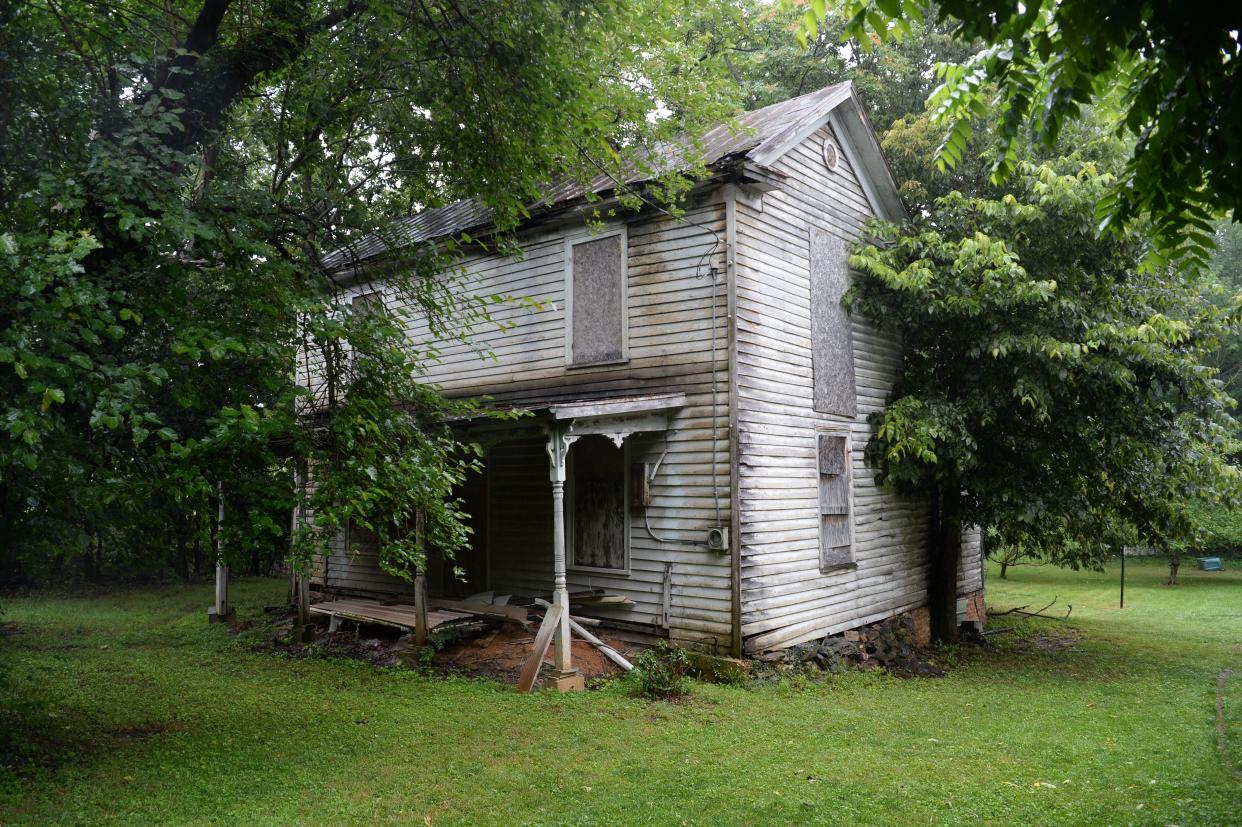
Welcome to the Wednesday Walk! This is a new feature at The News Leader that is bound by only one thing: the subject of the story has to be a geographically contained area that reporters — and readers — can walk around in and explore. The Wednesday Walk feature will be published on select Wednesday mornings.
Have an idea for a Wednesday Walk? See more information at the end of the story.
This inaugural Wednesday Walk is focused on Uniontown, a historically Black neighborhood in Staunton that was once walkable, before the destruction of the National Avenue bridge, and is written by Akhil Ganesh, his last contribution to The News Leader as our government reporter.
I settled into the driver's seat of my Jeep Wrangler, wiping rain droplets from my eyelashes. I moved to shift the car into drive when my mom pointed across me to a house on National Avenue. I glanced over, and saw an elderly African-American man brandishing two walking sticks, furiously waving at me.
I handed my bulky Nikon camera to my mother, took a deep breath, and stepped back out into the pounding summer rain. Looking back at my mom (an immigrant woman from India who has never seen me work) she had a strange mix of bemusement and concern etched into her face. I smiled, winked, and said, "Just give me a second."
I walked up to the edge of the man's property. He began yelling, asking why I was wandering the neighborhood taking pictures everywhere I went, specifically of his home. He had seen me drive up the road multiple times, stopping to take pictures near the dead end where a bridge once connected the two sides of Uniontown.
Calmly, I explained that I was a reporter with The News Leader, and I was working on a story, my final story for the paper, on Uniontown. Some inside baseball: reporters, and really any person, are allowed to take pictures of private property provided that they stay on a public right-of-way. I explained my efforts and joked that I wouldn't be exploring in the pouring rain without a good reason. The man's stance softened, and he began asking questions about what I knew about Uniontown.
I told him that in the grand scheme of the area's history, I knew very little. My information came from city documents, conversations with residents (though rarely with residents of the historic Black neighborhood), and a book called "Old Uniontown - Glances Backwards" by Dr. Julius Gaines, Jr.
The walking stick man had one request of me: To make sure that I was "on target" with my facts about Uniontown. When I asked him for his name, he chuckled and said, "I don't have a name!" before disappearing into his home.
I paused for a moment, exhaled, and released the tension that had been building up in my shoulders, back, and knees. I got back in my car, and my mom asked what happened. I told her that he was concerned about the strange man wandering his street taking pictures. She chuckled, and I turned my attention to the road as I drove back up National Avenue. With the sounds of a Japanese pop song washing over me, I muttered to myself, "He doesn't trust me."
The man could hardly be blamed, and he wasn't the only resident who stopped me on my exploration. Uniontown has been a neglected part of Staunton's history for decades. Businesses and development sprung up on Richmond Avenue, but the neighborhood just off the major arterial road was already in deep decline.
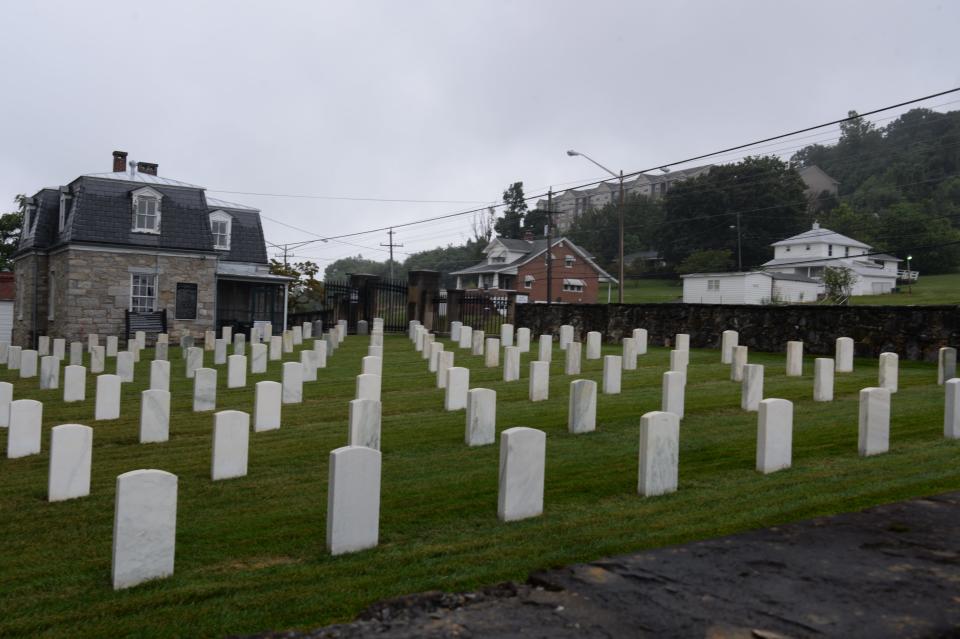
The birth of Uniontown
Dr. Gaines' book indicates that the village was called Bodley, from a nearby business called Bodley Wagon Works. That name lasted until sometime early in the 20th century, when the population shifted to being predominantly African-American.
The name "Uniontown" has two possible origins. The National Cemetery at the corner of modern-day Richmond and National avenues was established after the Civil War by the federal government because Union soldiers were not welcomed at Thornrose Cemetery by the local community.
The land was outside of Staunton city limits in 1868. A vibrant community of African-Americans settled into the area in the years that followed. The other source of Uniontown's name could be Union Church, which no longer exists. The church was one of the signs of the maturing of the self-contained community, according to Gaines' research. The community grew to be self-sufficient with craftsmen running businesses, a post office, and a schoolhouse.
Storm clouds rolled in and the rain forced me to do my "walk" from the comfort of my car. Still, I found myself repeatedly pulling my car to the side of worn out, narrow roads surrounded by trees and stepping out with my camera. Try as I might, I couldn't identify a single building that Gaines had mentioned in his book.
My eyes caught upon a blue sedan buried amongst the greenery on Jones Street. Raising my camera to my eye, I adjusted the focus and saw the outline of a roof and the glimpse of windows behind the sedan. I stopped dead in my tracks, almost forgetting that my job was to take pictures and notes about what I saw. Turning back down the street, I saw a mailbox emerging from the bushes. Another house completely overgrown with plants lay dormant.
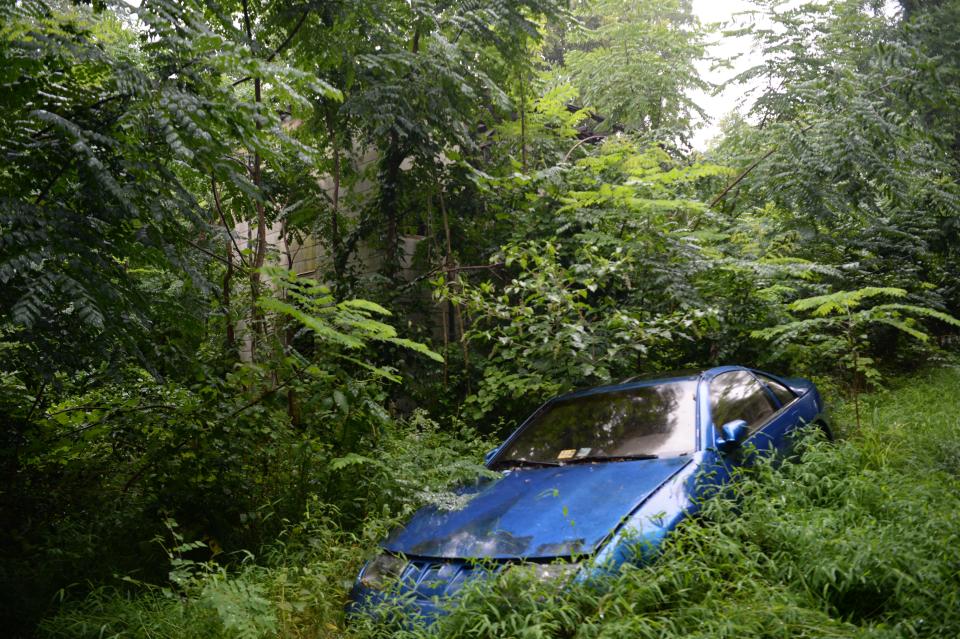
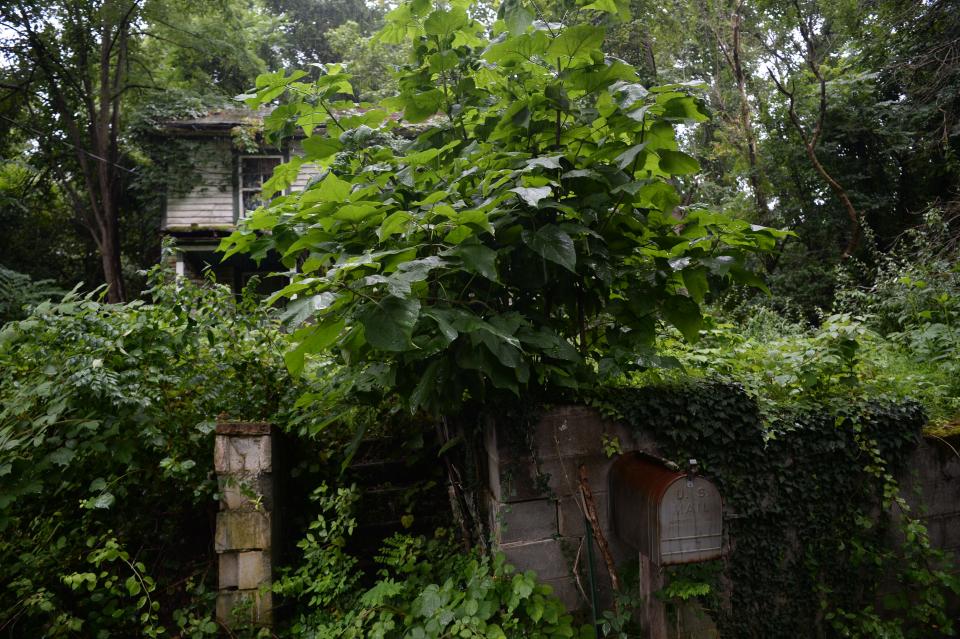
When I got back into the car, my mom asked me if I was okay. I looked in the rearview mirror and saw that my brow had furrowed, my eyes brimming with incredulity and disgust. One of the great myths about journalists surrounds our ability to remain objective. We somehow need to detach ourselves emotionally from the things we cover to remain impartial. I'm here to tell you that's impossible. We see, we think, we feel.
I felt nothing but overwhelming sadness and rage that day.
I looked back at my mom and realized she didn't understand the history we had been exploring. I gave her a brief explanation of what I knew about Uniontown, and she grew quiet, her eyes traveling over the copy of Gaines' book sitting in her lap that I had been referencing during our drive.
As we pulled away, I asked, "Doesn't it make you mad?" She didn't answer. Instead, she reached over and brushed my sopping wet hair away from my eyes.
Staunton annexed Uniontown in 1948, and within the next 20 years the city would make decisions that would whittle away at the foundation of the community. A rezoning in the 1960s of the area slid under the radar while the city concurrently embraced "urban renewal," which wiped out much of what was known as the Black business district on Central Avenue.
After the rezoning in Uniontown, new homes could no longer be built. The annexation didn't bring sewage service to the town, instead leaving the locals at the mercy of septic fields that they had to manage themselves. The National Avenue bridge was destroyed by CSX Railroads for safety concerns in 2001. The company had a choice to either repair or remove the bridge. Removing it was the cheaper option.
The railroad company's cost-effective solution severed a major conduit connecting the two sides of the village and a water line to the area, leaving some residents without an adequate water supply. As a result, Uniontown was left divided.
Revisiting the mistakes of the past
For decades, Uniontown was ignored by the rest of Staunton until 2018 when the city looked to restore water and sewage service to the area. The city committed to a small area study in 2022 to put together a plan to revitalize the area.
I wrote one of my first stories in 2021 on Uniontown. Discussion around the historic community grew over the next two years. I wasn't shocked by what I found but it was a rude awakening to the kind of historic trauma, neglect, and distrust that communities of African Americans have experienced for years. I decided to make a visit to Uniontown with my time in Staunton drawing to a close. I needed to see what I'd been told about with my own eyes.
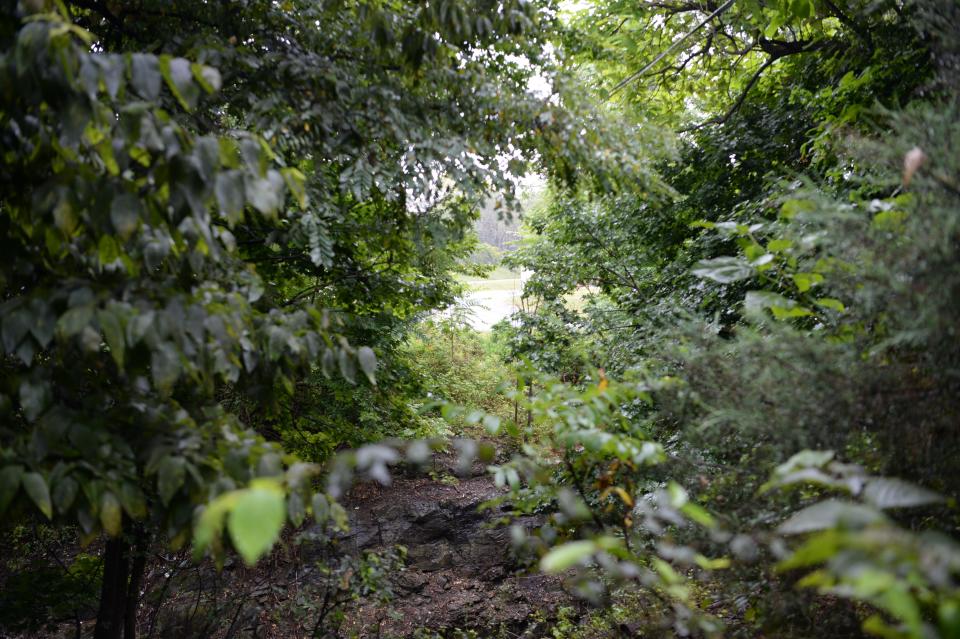
One does not simply walk through Uniontown. The destruction of the National Avenue Bridge meant that I had to find my way to Anthony Street, which Gaines identified as the northern boundary of Uniontown. My mom was in town to help me pack up my life for an impending move, and she wanted to see more of Staunton. I asked her to be my navigator, and we set out towards the dead end on National Avenue first. I walked up and down the dead end, peering through the wall of leaves, trying to make out what was on the other side. I could see nothing.
We set out back to Richmond Avenue, looking for some way to circle around to Anthony Street. A look at the maps told us that we could be able to reach Anthony Street off of Statler Boulevard, but we ended up at the Allied Concrete facility. We ventured onwards, eventually taking New Hope Road to Frontier Drive. Our circuitous path had finally led us to the northern boundary of Uniontown.
We found nothing. Well, not nothing. The road on Anthony Street was littered with divots and potholes, and driving over it knocked papers, phones, and pens out of my mom's lap. We drove down the street looking for any signs of the former Uniontown. We saw a storage facility, fenced-in lots, and open fields. Maybe it was the rain, maybe it was the stress of doing this story the right way, or maybe it was the nerves of having my mom next to me, but I struggled to identify anything that could belong to the historic Black village.
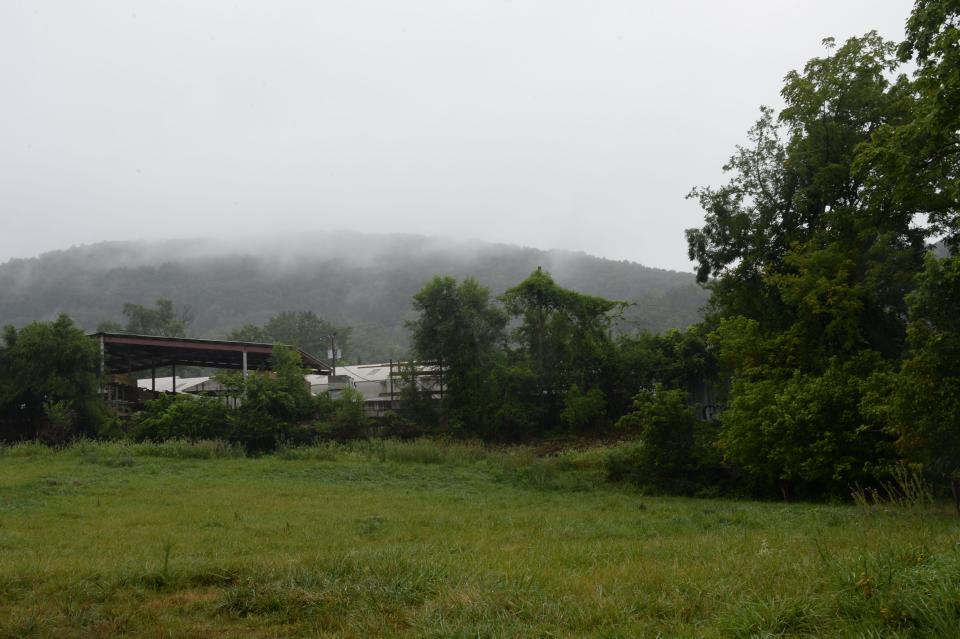
I looked at my mom, and she had a similar quizzical look. Anthony Street was our first stop, before the abandoned homes on Jones Street and the curious walking stick man on National Avenue. I asked her if she saw anything, and she simply shook her head.
Former city councilor Ophie Kier once told me he was "embarrassed" that he didn't know what happened in Uniontown. He recounted his experience driving through the area in modern times, wistfully looking at a place where some of his friends had grown up. Kier is a member of a commission focused on the revitalization of Uniontown. His vision involves a public-private partnership that would encourage development that fits the direction and vision of the descendants of the village's residents.
My t-shirt had become soaked and chills were seeping into bones. I was mentally exhausted after talking with the walking stick man, so I settled on finishing with a quick drive on Patton Street. My anxiety spiked when I noticed yet another man flagging me down as I spun my steering wheel to leave. My mom, this time with an understanding of what was happening, simply smiled. I told her I'd be right back and hopped out of the car.
Julius Jones lives on Patton Street in a house facing a grassy area surrounded by towering trees. He's a retired pastor, and moved to the area to live in his cousin's house. He remembered visiting family when he was younger, walking the railroad tracks from Staunton to Uniontown. The village represented a significant part of African American history in Staunton. Jones believes the goal should be to preserve as much of Uniontown as possible. He agrees that the dilapidated buildings need to be taken down. He doesn't want to see a lot of development beyond that.
Jones didn't speak for the entirety of Uniontown. He wanted me to know that his comments were just his opinion. I understood, but it's an important reminder as the city begins to focus in on Uniontown. No group of people, no matter how similar, are a monolith. The descendants and relatives of Uniontown's original residents all have different mindsets about what, if anything, the city should be doing to help revitalize the area.
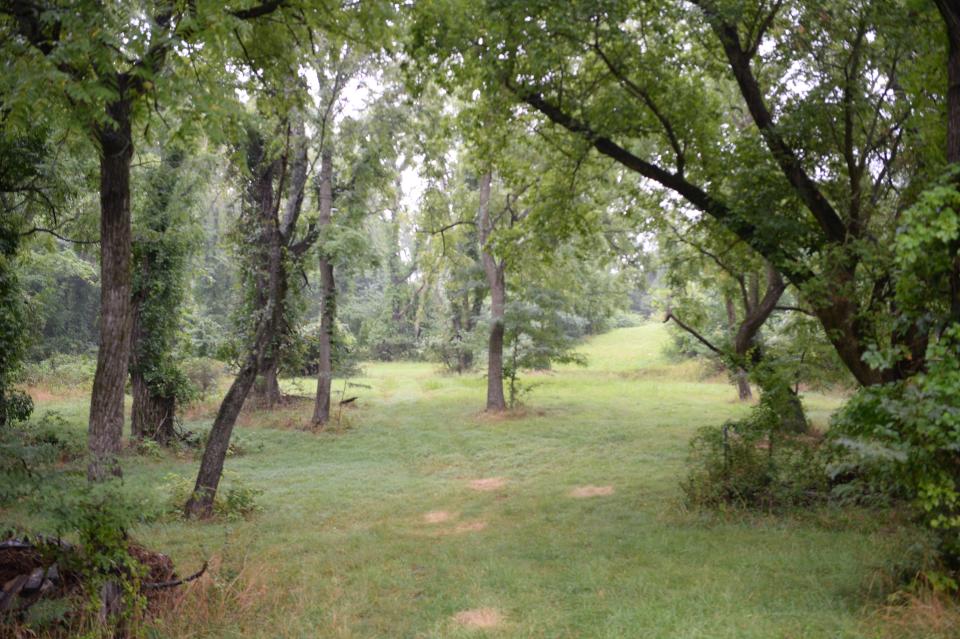
Jones wants to preserve history and capture what has become staples of the current community. He's seen deer, foxes, and has even heard of bears making their way through the neighborhood. With the exception of the bears, he loves seeing nature surrounding him, and would like to see development that preserves the history and significance of the area but doesn't take away from the area's now-abundant wildlife.
What will it take to find the right answers in Uniontown?
Both Jones and Kier agree that apartment buildings and traditional development are not the solution. Jones wants to preserve the historical nature of Uniontown and to keep it what it is, and he said that the residents would fight to make sure that happened.
I asked Jones how he would feel about quality-of-life development like parks or historically significant landmarks, like recreating some of the old business structures that once stood. He said that he would have to think about it because it was hard for him to say without seeing what those plans would be.
His comments sparked a thought to me about the underlying truth of Uniontown: no one really knows what the right solution is, and that answer can only be found through trust.
I won't be here when the plans for Uniontown come together. I've told everyone who will listen to me that I want to come back to Staunton one day. I wonder what I'll find when I venture out to National Avenue. Will people know what used to be there? Will they be able to see what I couldn't?
Staunton will soon begin having real, concrete conversations about the village's future. The city's small area plan is due up for discussion in front of the planning commission in August. Staunton City Council is currently looking into drafting special legislation for the Virginia General Assembly that would allow them to reduce or waive utility hook-up fees for families who have endured the decline of Uniontown since annexation.
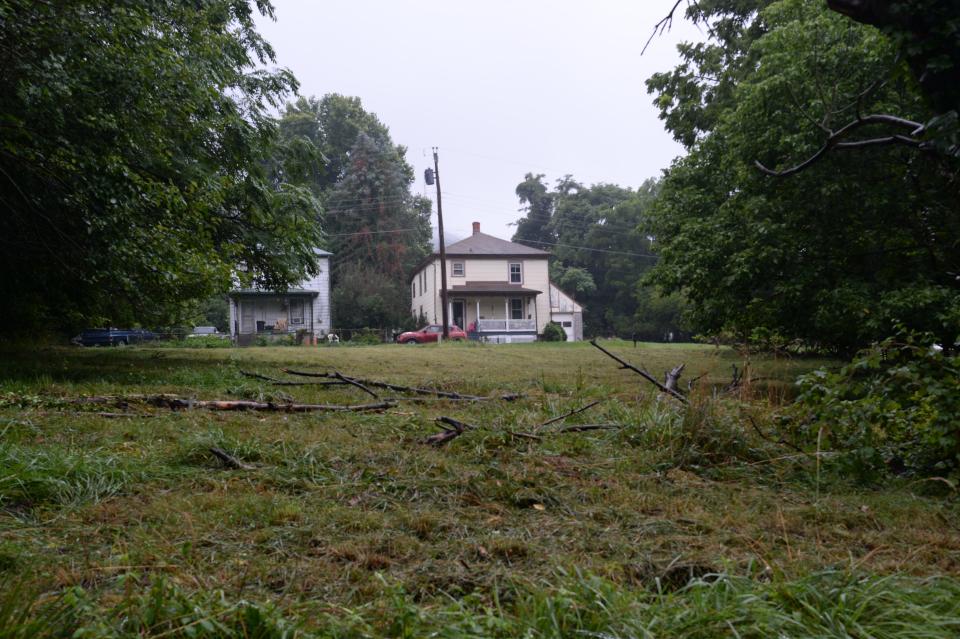
Something is coming to Uniontown.
Representatives of the city have reached out to residents of Uniontown to get their input on what should be done. To some residents in Uniontown, that doesn't mean much. How could it? The city of Staunton was responsible for the area's decline, and trust once lost is hard earned.
And yet, that's the only true way forward. That trust is the one idea that keeps coming back to me. I'm still just a 29-year-old kid from the Midwest, writing about experiences that I will never live. As I finish up this story, I find my thoughts drifting back to my conversation with the walking stick man.
What does it mean to be "on target" about Uniontown? I don't know. The village that once was a vibrant community of African Americans searching for a safe place to exercise their newly-won freedoms is no longer there. In its place lies only shadows, and the memories and experiences that have been handed down through generations lasting over 140 years. We can't bring that back, not completely.
There will be something new in the area between Anthony Street and Richmond Avenue. Patton Street and Jones Street will not be the same. The area west of National Avenue and east of Young Street will receive the attention from Staunton that it is rightfully owed.
Whatever shiny new objects appear there, it's on the city to make sure the shadows of Uniontown aren't lost in the glare.
—Akhil Ganesh was the Government Reporter at The News Leader. You can follow him on Twitter and Threads @akhildoesthings.
Have an idea for the Wednesday Walk? Want to write one yourself? Contact Jeff Schwaner at jschwaner@newsleader.com.
This article originally appeared on Staunton News Leader: A stroll through Uniontown shows remnants of a town, interrupted

